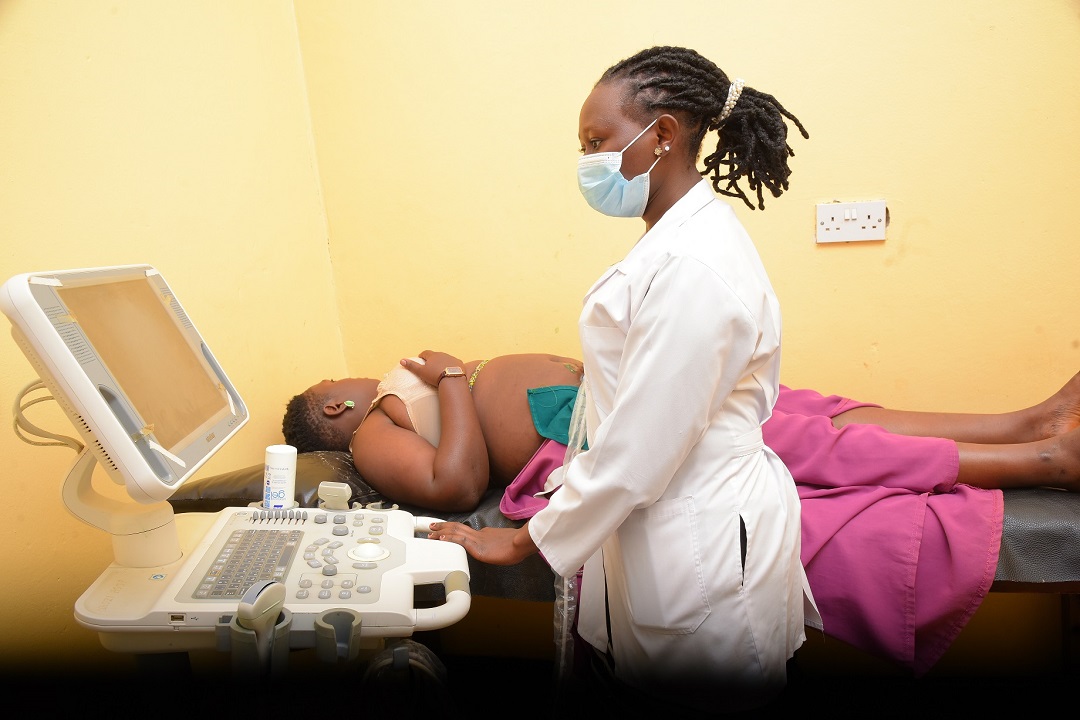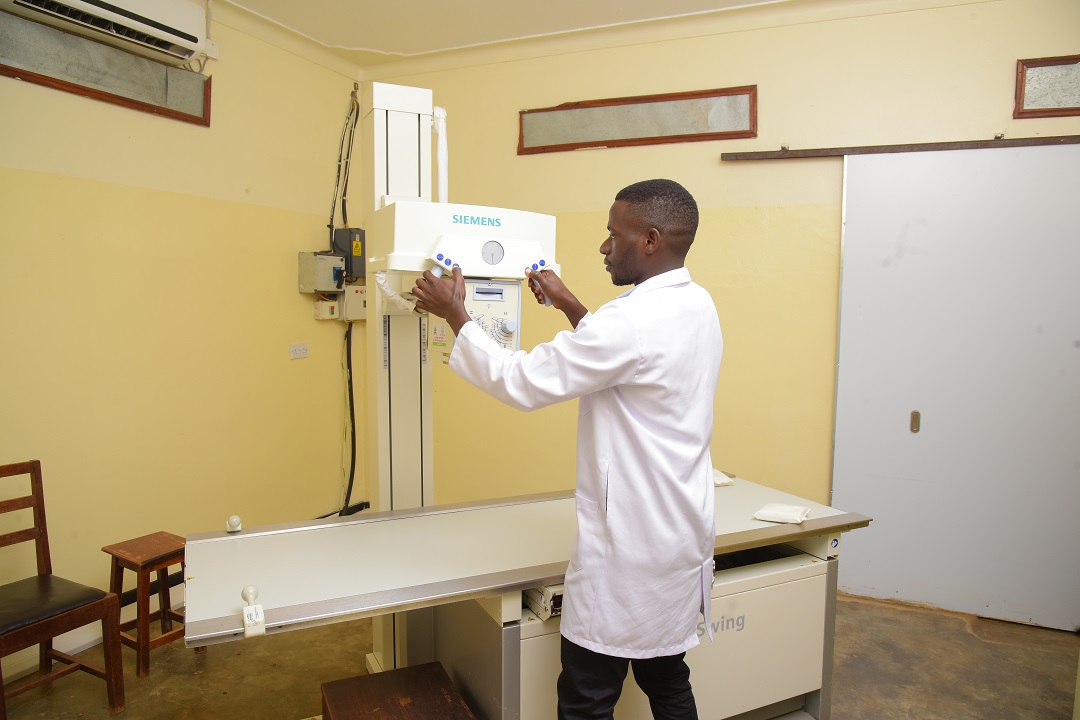Radiology services encompass a wide range of medical imaging techniques used to diagnose and treat diseases within the body. These services are provided by radiologists, who are medical doctors specialized in interpreting medical images and performing image-guided procedures.
Ultrasound and X-ray services are essential diagnostic imaging techniques used to visualize internal structures of the body. They help in diagnosing a variety of conditions and guiding treatment plans. Here’s an overview of both services:
Ultrasound and X-ray services are essential diagnostic imaging techniques used to visualize internal structures of the body. They help in diagnosing a variety of conditions and guiding treatment plans. Here’s an overview of both services:
Ultrasound Services
Ultrasound, also known as sonography, uses high-frequency sound waves to produce images of the inside of the body. It is a non-invasive, radiation-free imaging technique. Common uses and types of ultrasound services include:
- Obstetric Ultrasound:
- Pregnancy Monitoring: Assessing fetal development, detecting multiple pregnancies, and monitoring the health of the fetus and placenta.
- Nuchal Translucency Scan: Screening for chromosomal abnormalities in early pregnancy.
- Abdominal Ultrasound:
- Liver, Gallbladder, Spleen, Pancreas, and Kidneys: Evaluating organ structure and detecting abnormalities like tumors, cysts, or stones.
- Aorta: Checking for abdominal aortic aneurysms.
- Pelvic Ultrasound:
- Female Reproductive Organs: Examining the uterus, ovaries, and fallopian tubes for conditions such as fibroids, cysts, and tumors.
- Male Reproductive Organs: Assessing the prostate and testicles.
- Cardiac Ultrasound (Echocardiography):
- Heart: Evaluating heart function, detecting heart diseases, and monitoring conditions like heart failure and congenital heart defects.
- Musculoskeletal Ultrasound:
- Muscles, Tendons, and Ligaments: Diagnosing conditions like tears, inflammation, and other soft tissue injuries.
- Vascular Ultrasound:
- Blood Vessels: Assessing blood flow in arteries and veins, detecting clots, blockages, and vascular diseases.
- Breast Ultrasound:
- Breast Tissue: Complementing mammography for detecting and characterizing breast lumps.
- Thyroid Ultrasound:
- Thyroid Gland: Evaluating nodules, cysts, and other abnormalities.
- X-ray Services
- Preparation and Safety
- X-rays use ionizing radiation to create images of the inside of the body. They are quick, painless, and widely used for diagnosing a variety of conditions. Common uses and types of X-ray services include:
- Chest X-ray:
- Lungs and Heart: Detecting conditions such as pneumonia, lung cancer, tuberculosis, and heart enlargement.
- Bone X-ray:
- Fractures and Dislocations: Identifying broken bones and joint dislocations.
- Arthritis and Osteoporosis: Assessing joint damage and bone density.
- Dental X-ray:
- Teeth and Jaw: Diagnosing cavities, tooth decay, impacted teeth, and jawbone issues.
- Abdominal X-ray:
- Abdominal Organs: Detecting bowel obstructions, kidney stones, and other abdominal issues.
- Chest X-ray:
- Ultrasound:
- Generally requires no special preparation, though some types may need you to fast or have a full bladder.
- Safe for all patients, including pregnant women, as it uses no ionizing radiation.
X-ray:
- May require removing metal objects and wearing a lead apron to protect certain body parts from radiation.
- Generally safe, but exposure to ionizing radiation is minimized and monitored, especially in children and pregnant women.
Both ultrasound and X-ray services are fundamental in medical diagnostics, helping to provide accurate and timely information for the effective management and treatment of various health conditions.
Working hours
As an enthusiastic team, we commit to provide timely and sustainable health services to the community prioritizing emergencies.
Time’s not flexible?
Radiology Department prides in its devoted specialists, diagnostic medical and nursing team with special clinics


